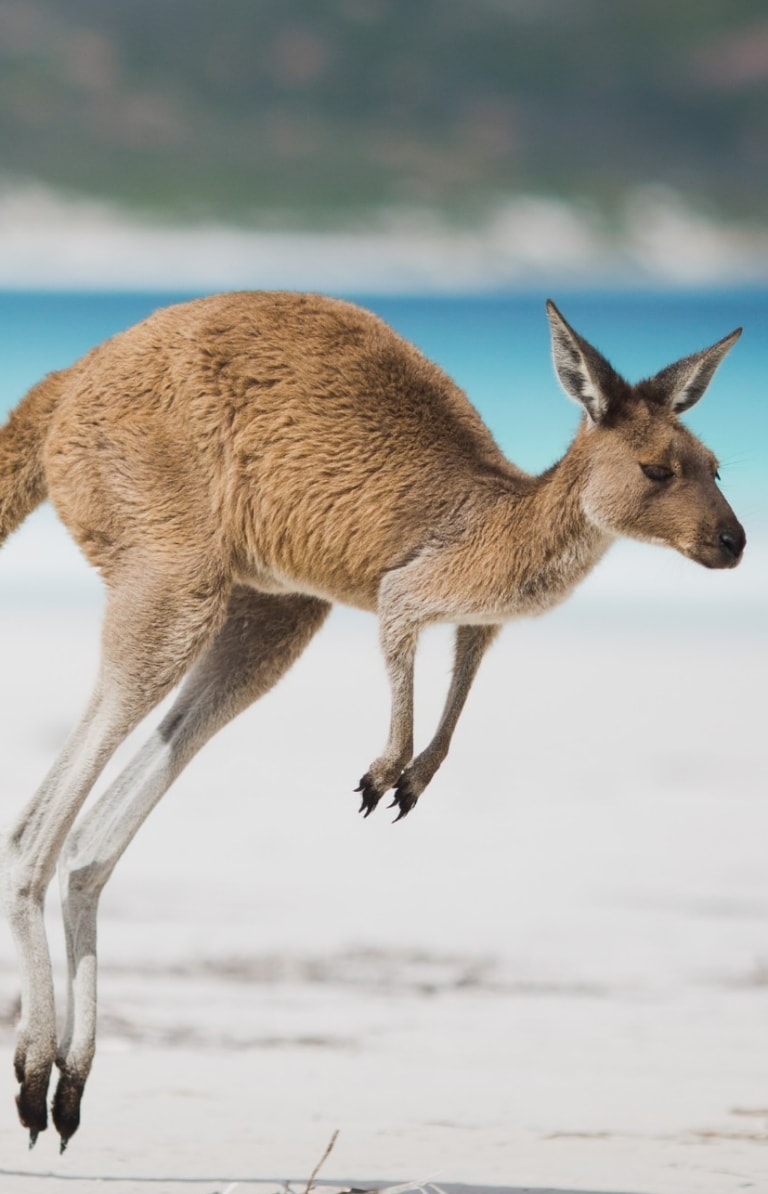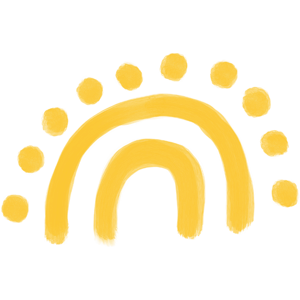Sydney Harbour, Sydney, New South Wales © Tourism Australia
Guide to Sydney Harbour
Aboriginal name: Tubowgule (pronounced Tie-bah-gool)
It's easy to see why Sydney Harbour is regarded as one of the most beautiful natural harbours in the world.
Sydney Harbour is an aquatic playground for Sydneysiders, with more than 240km (150mi) of shoreline, punctuated by unspoiled beaches, picturesque gardens, and pockets of natural bush. It is also home to some of Australia's big-name attractions, including the Sydney Opera House, Sydney Harbour Bridge and Taronga Zoo Sydney. Be sure to venture beyond the shoreline to visit some of the harbour's fascinating historic islands.
Sydney Harbour/Tubowgule has been a culturally and spiritually significant place to the Gadigal people for thousands of years. Long before Sydney Harbour’s icons, it was a place to hunt, gather, dance and feast.
Tubowgule refers specifically to Bennelong Point, which meets Warrane (Sydney Cove) and Wahganmugglaee (The Royal Botanic Garden). Learn about Sydney Harbour’s Aboriginal culture and history during an enriching First Nations tour.
- Traditional name: Tubowgule (pronounced Tie-bah-gool)
- Indigenous Peoples of Central Sydney: Gadigal peoples
- Traditional lands of Greater Sydney: Eora Nation
- Traditional languages of Central Sydney: Gadigal
- How to say g’day in Gadigal: Budyeri kamaru
Sydney Harbour is the heart of Sydney, and sits just a short drive, taxi or train ride from the airport.
- Sydney Kingsford Smith Airport (SYD) is 9km (5.5mi) from the city; international and domestic arrivals
- Hire cars, rideshare, taxis and shuttles are available to book prior to your arrival, or on the day
- The airport is also serviced by an urban train line direct to the city. Get off at Circular Quay and you'll exit the train station right on the harbour
Sydney has a great network of clean, reliable and affordable public transport services. Read more about getting around Sydney.
Sydney weather is quite predictable, with four distinct seasons. The warmer months are November to February, and the cooler months are March to August.
- High season: Spring and summer (November to February)
- Low season: Winter (June to August)
- Don’t miss: Sydney New Year's Eve is arguably one of the most spectacular fireworks displays in the world – and it all happens right on Sydney Harbour.














































































































































